

If Murasaki Baby is any indication, a child’s nightmare must be a wondrous, terrifying event. An uncomfortable sense of confusion permeates the experience of Murasaki Baby, a journey through a very young girl’s dark dreamscape in search of her mother; the unease that comes from surroundings that are at once familiar yet wildly twisted defines its context. It veers from creepy to adorable, sweet to monstrous, light to dark and back in moments, and puts you squarely in charge of leading a youngster directly into the unknown. It also happens to be a delightful surprise.
Murasaki Baby features an art style that’s reminiscent of a Tim Burton take on a Dr. Seuss tale. The world is populated by people with mouths on the tops of their head, skeleton cats, and flying safety pins, to name just a handful of the things you’ll encounter, giving the game a uniquely dark yet hopeful vibe. At its core, it’s a platform/puzzler. A young child awakes in the middle of the night, crying plaintively for her mommy, and your role is to guide her through this weird, creepy, and confusing landscape. You do this by holding her hand via the PS Vita’s front touch screen--a sweet, charming mechanic that immediately provides an emotional connection to the child--and leading her across chasms, over obstacles, and around scary creatures.
Murasaki Baby makes great use of the Vita hardware in intuitive ways, beautifully integrating the front and rear screens yet never feeling forced. As you bring the child through the levels by holding her hand, you also activate various environmental forces by tapping or swiping on the back screen. The backgrounds of the world are interactive, and changing them with a simple swipe gives you the opportunity to use different abilities, such as wind, lightning, or turning the world upside down; these allow you to manipulate the environment to help your young friend during her journey. Wind, for example, can blow obstacles out of the way, while lightning can be used to power an electricity-fueled contraption. It’s a system that’s easy to use and invites experimentation when a particularly troublesome puzzle presents itself.
The most striking aspect of Murasaki Baby is the sheer emotion on display, which works beautifully in spite of a distinct lack of meaningful dialogue or explanation. At times, the child will squeal with delight when to let you know she can leap in the air to cross a small chasm; at others, she will cower in fear when a frightening character or dark place is in front of her. When fearful, she will very unhappily resist being pulled forward by leaning back and taking short, tentative steps. When unconcerned, though, she bounds forward with no restraint. The brilliance of Murasaki Baby is how it extends that feeling to you, her unseen helper. You have no idea what you’re bringing this young child into, yet the only way to advance is to coax and cajole her forward. You are responsible for what happens to her, and she trusts you with the innocence of a child. It’s incredibly powerful.
Many of the fears a child will experience growing up are on display as levels progress; losing a prized possession, being teased by other children, meeting new people in unfamiliar settings, and being lost. You guide her through these events, sometimes directly leading her through them and other times simply by bringing her to a spot then watching her interact with whomever or whatever awaits. Murasaki Baby’s health is conveyed by a balloon instead of a health meter, and as said balloon is safely in her possession, all is well. When the balloon leaves her grasp or it otherwise threatened, so is your progress; if it pops, it’s back to the last save point. The balloon is a lovely way to express success and failure, as no real harm ever comes to the child you’re leading (other than occasional falling from certain areas). Murasaki Baby would have taken a strongly negative turn had the child been subject to direct bodily harm; its overall spirit is better for that design choice.
Each of the main levels is distinct and memorable. As abilities are gained, Murasaki Baby progresses in difficulty in a way that is fair and interesting. Early on, you use a single background power to manipulate the world to move forward. As you move into later areas, you’ll combine multiple powers to achieve goals. None of the puzzles are obtuse, and after a bit of experimentation most of them will be easy to navigate. Unlike some platformers, Murasaki Baby seems more interested in letting you in on the experience than making progress difficult.
The biggest drawback to Murasaki Baby is its brevity. With only a handful of levels, it’s easily possible to complete your first playthrough in just a few hours. While some may bemoan the short timeframe, it’s also refreshingly devoid of filler. Each area feels important, and many small nuances (such as the conversations on a faraway television show or quasi-family portraits hanging on some walls) really become much more evident on a second tour.
With beautiful integration of the Vita’s front and back screens, a powerful audio and visual style, and--most importantly--a wonderful expression of emotional range, Murasaki Baby is an excellent addition to the Vita library. While its dark, twisted imagery may initially be unappealing to some, it eventually reveals itself to be a beautiful experience unlike many you’ve ever had.
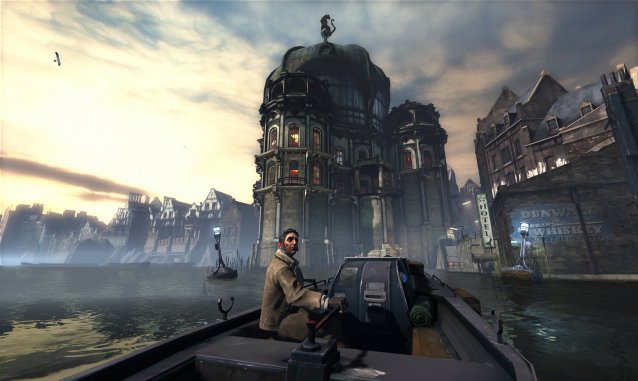
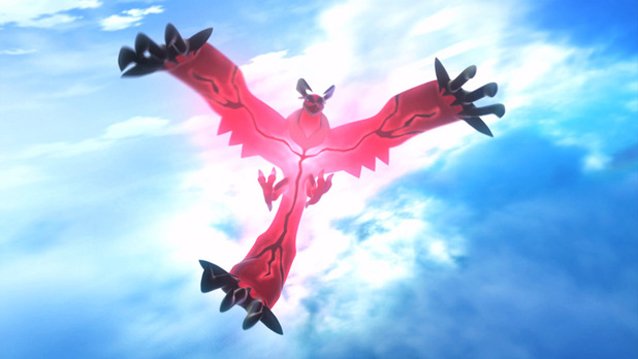
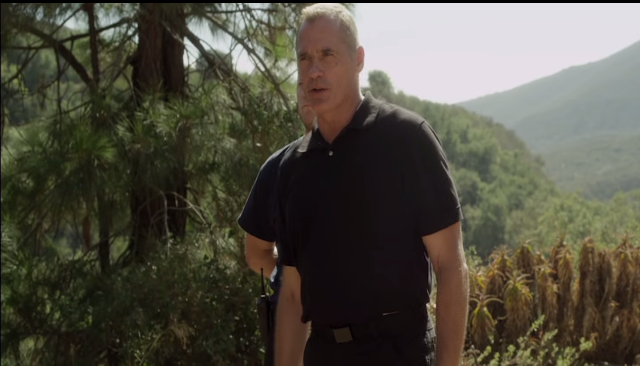
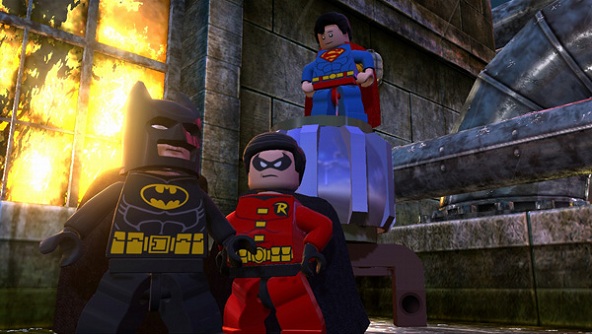
 How Many People Use Android? And 4 Other Facts You Didn't Know
How Many People Use Android? And 4 Other Facts You Didn't Know Counter-Strike: Global Offensive - 4:3 Resolution with Windows 10 Temporary Fix
Counter-Strike: Global Offensive - 4:3 Resolution with Windows 10 Temporary Fix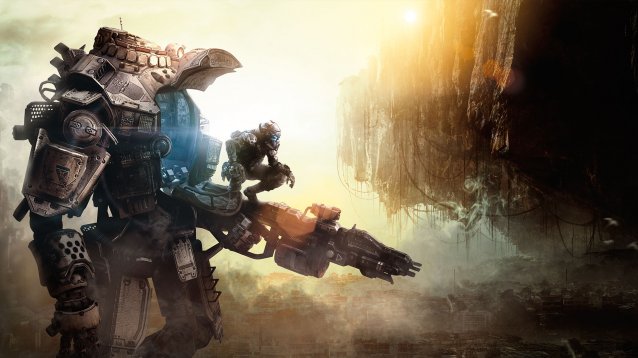 Titanfall Towers Over E3 Premieres
Titanfall Towers Over E3 Premieres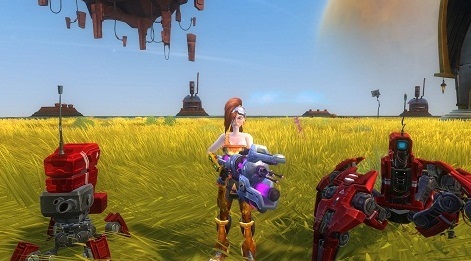 Wildstar Reloaded: Character Classes guide
Wildstar Reloaded: Character Classes guide Retro Video Game Walhalla from Japan
Retro Video Game Walhalla from Japan